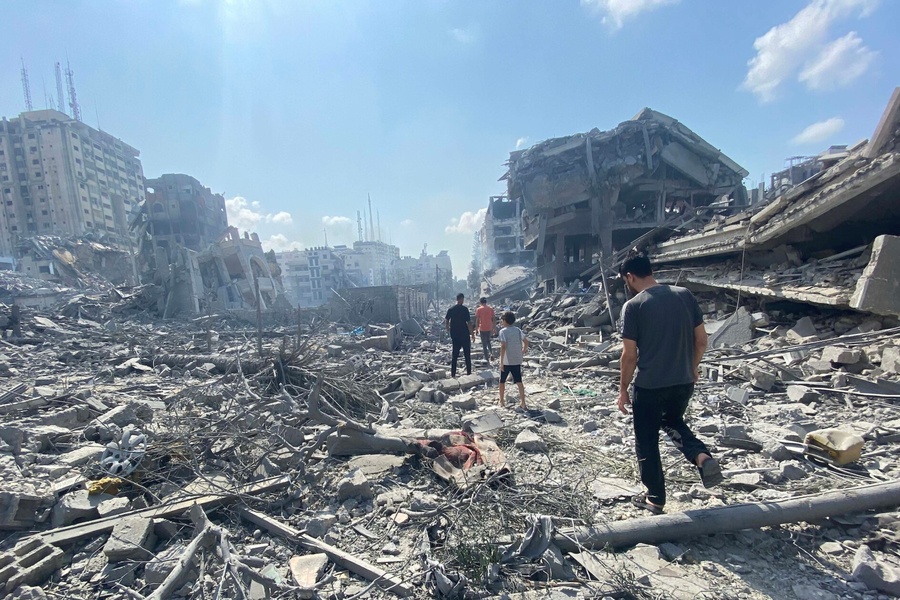Defending Broadened U.S. Strikes Against al Shabaab?
A few days ago, Paul McCleary at Foreign Policy reported on U.S. airstrikes against al Shabaab, undertaken in defense of AMISOM forces. McCleary asked, “Is there a new U.S. airstrike policy in East Africa?” My question is, “Is there a new legal theory supporting U.S.
Published by The Lawfare Institute
in Cooperation With

A few days ago, Paul McCleary at Foreign Policy reported on U.S. airstrikes against al Shabaab, undertaken in defense of AMISOM forces. McCleary asked, “Is there a new U.S. airstrike policy in East Africa?” My question is, “Is there a new legal theory supporting U.S. airstrikes against al Shabaab?” The answer is that there must be, though it is not obvious which of several possible theories the United States is relying on.
According to McCleary (and the Pentagon spokesperson he quotes), the United States has been bombarding al Shabaab targets for a week. AMISOM states that the U.S. strikes all sought to defend AMISOM forces in the face of imminent threats of attack. The DOD spokesperson noted that this is a shift from the “pinprick” attacks against al Shabaab’s leaders that the United States previously undertook.
The U.S. legal theory in support of those pinprick strikes against al Shabaab leaders seemed to be that the leaders were “dual hatted” members of both al Shabaab and al Qaeda. In the words of the Administration’s June 2015 War Powers Report, “In Somalia, U.S. forces have worked to counter the terrorist threat posed by al-Qa’ida and associated elements of al-Shabaab. United States forces conducted counterterrorism strikes in Somalia . . . against al-Shabaab operatives who are part of al-Qa’ida.” So what justifies these new, wider strikes against a broader group of al Shabaab militants? There are three possible options.
First, and least likely, the United States might have shifted its underlying views of al Shabaab. If al Shabaab as a group (1) has entered the fight alongside al Qaeda, and (2) is acting as a co-belligerent with al Qaeda in hostilities against the United States or its coalition partners, the United States now might consider al Shabaab to be an associated force of al Qaeda, and therefore targetable in the long-running conflict with al Qaeda. AMISOM would simply be a beneficiary of this changed approach to al Shabaab. But given that this was not the approach the Administration took two months ago and little seems to have changed with al Shabaab since then, it would be surprising if this were the Administration’s legal theory now.
Second, and in my view most likely, the United States might be acting on behalf of the Somali government, assisting it in its non-international armed conflict with al Shabaab. It certainly seems possible that the Somalis have requested that the United States provide this assistance. These airstrikes then could be seen as being provided by the United States as it effectively stands in the shoes of the government of Somalia in the latter’s fight against al Shabaab, providing assistance to the peacekeeping force that is helping Somalia win that conflict.
Third, the United States might be acting in a kind of “collective self-defense” of AMISOM. In UNSCR 2182, the Security Council authorized AMISOM to take “all necessary measures” to carry out its mandate, which includes reducing the threat to Somalia posed by al Shabaab. That authorization only applies to AU member states, however. I am not aware of prior cases in which a state acted in a type of collective self-defense of a peacekeeping force, and would welcome examples from readers if any exist.




-(1).png?sfvrsn=fc10bb5f_5)
